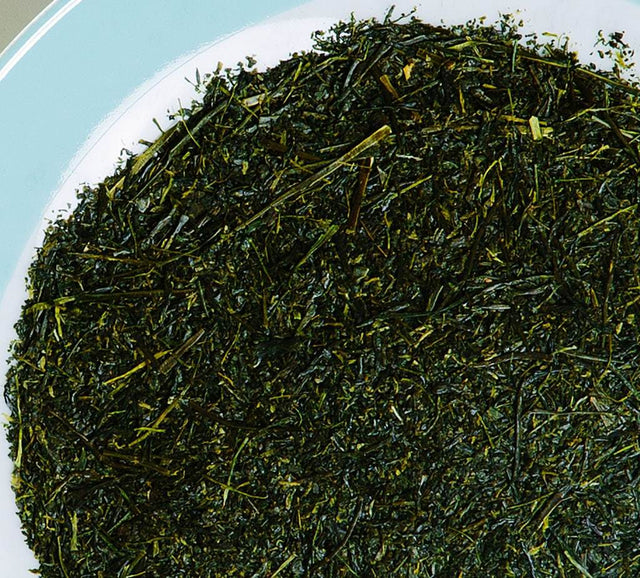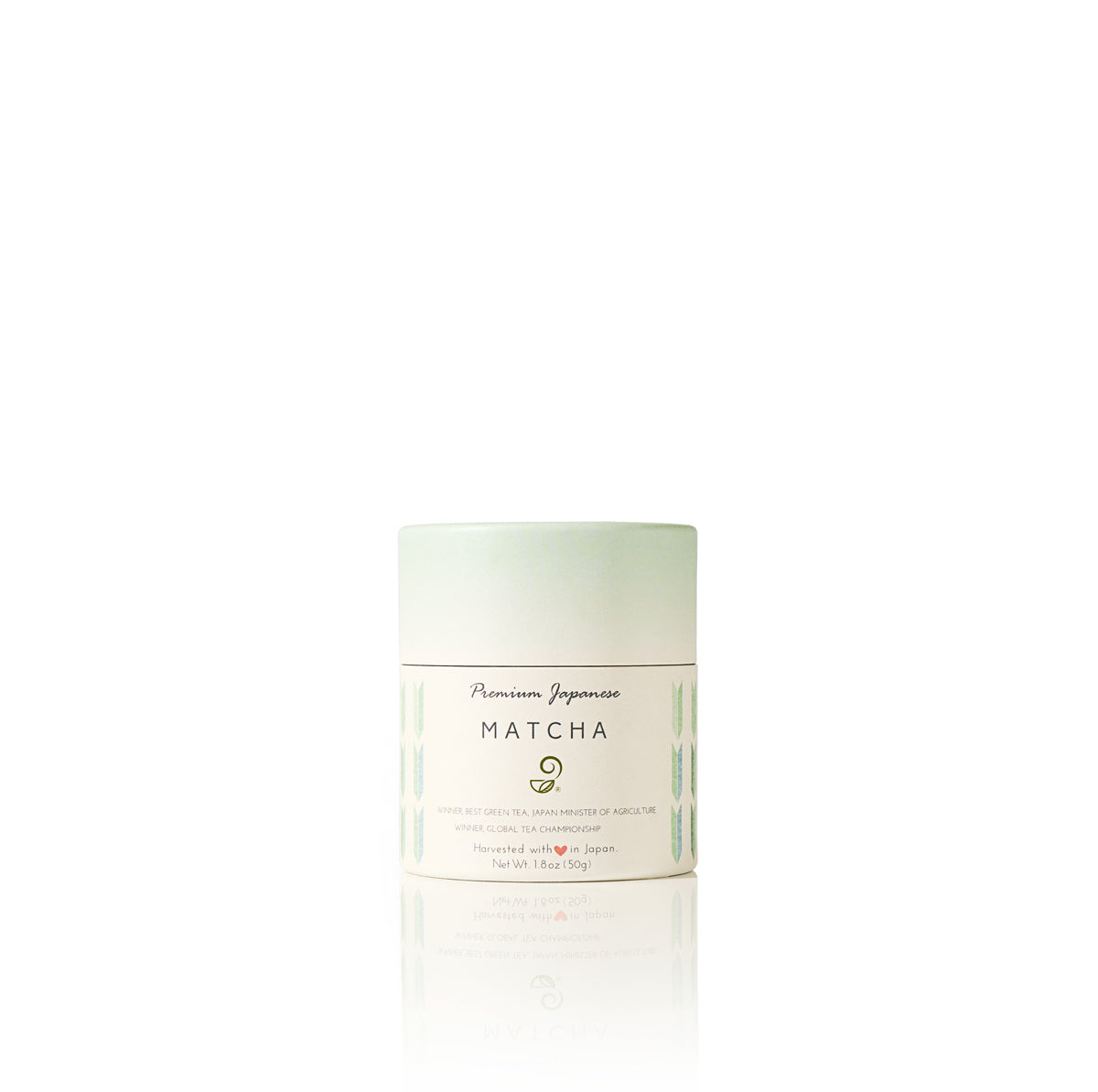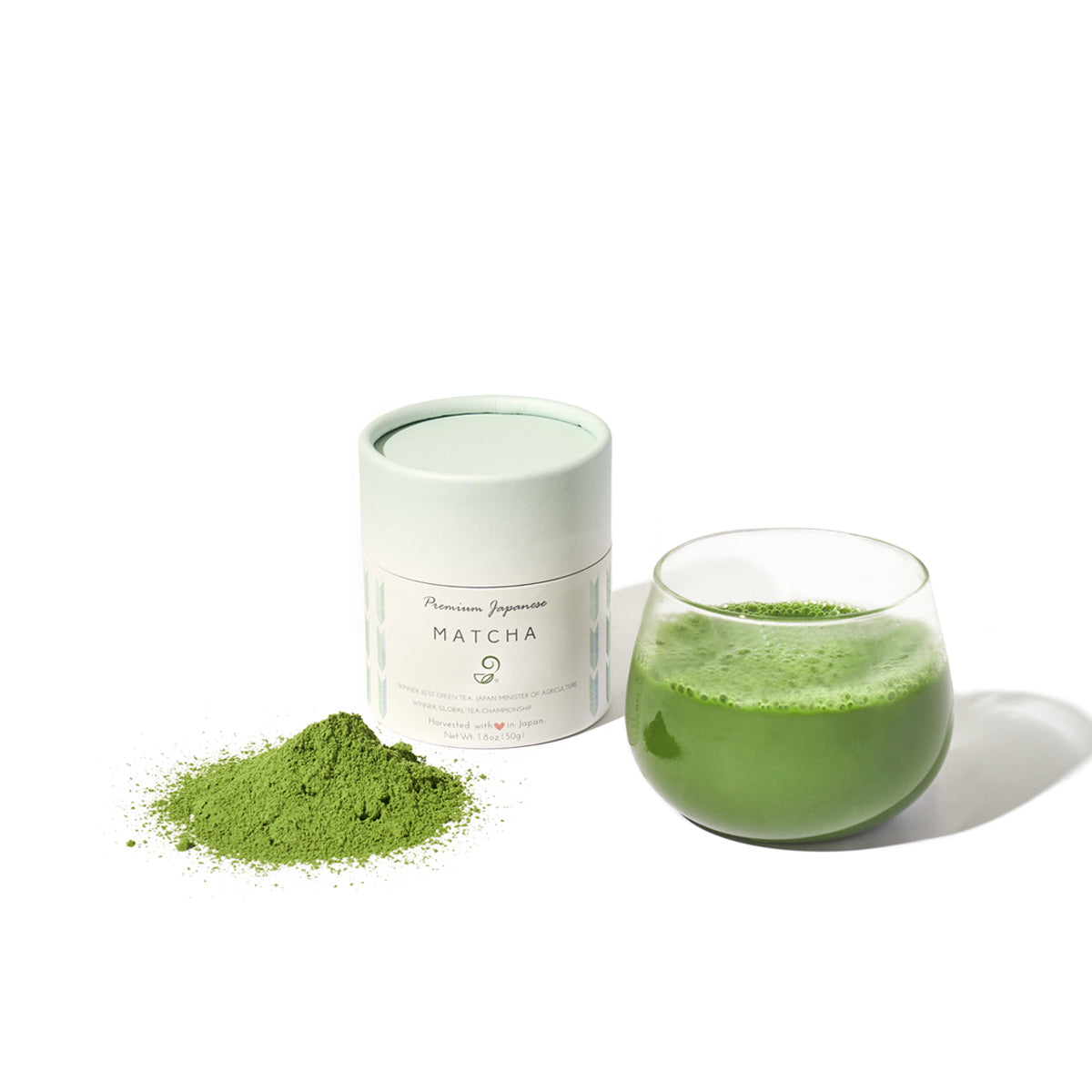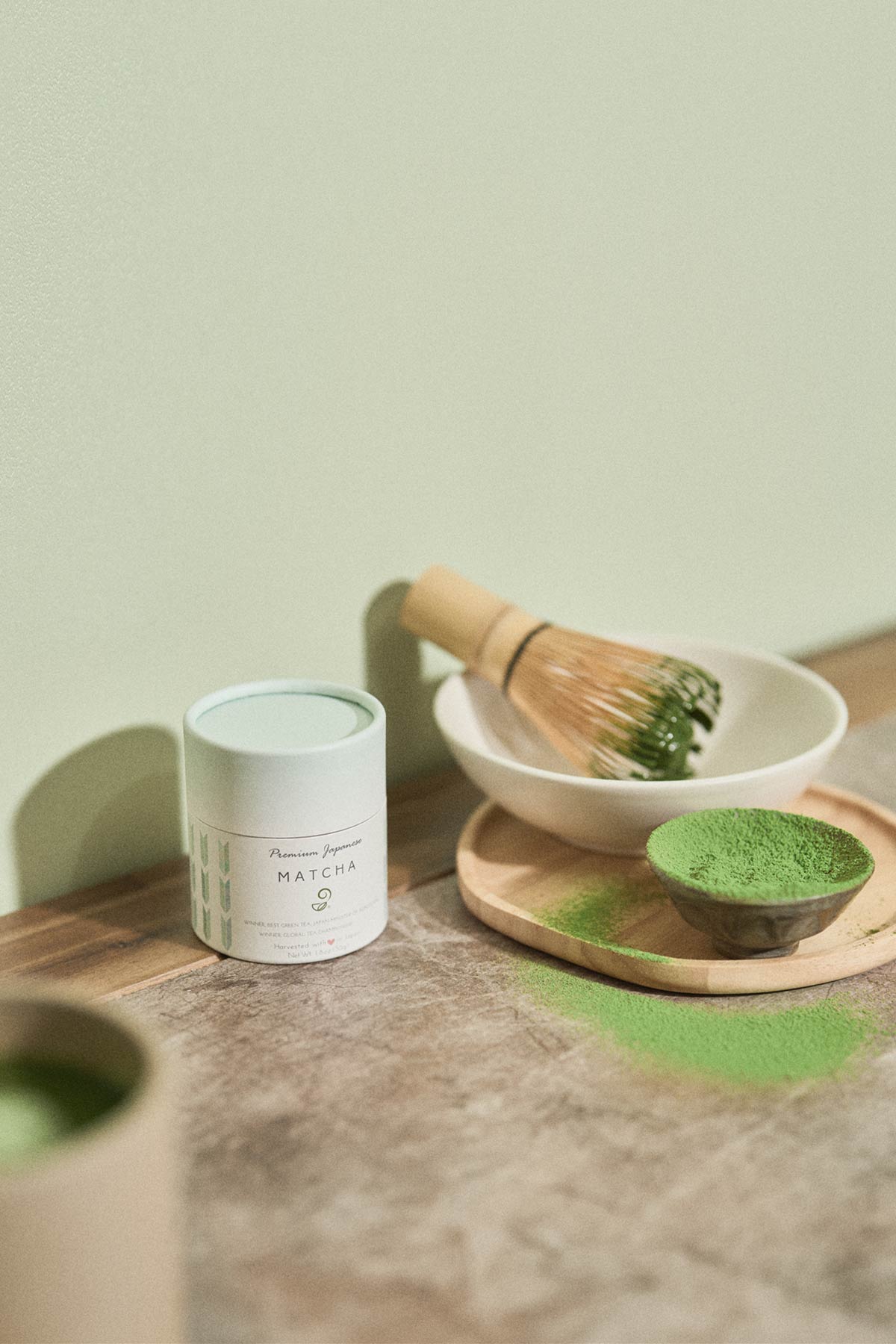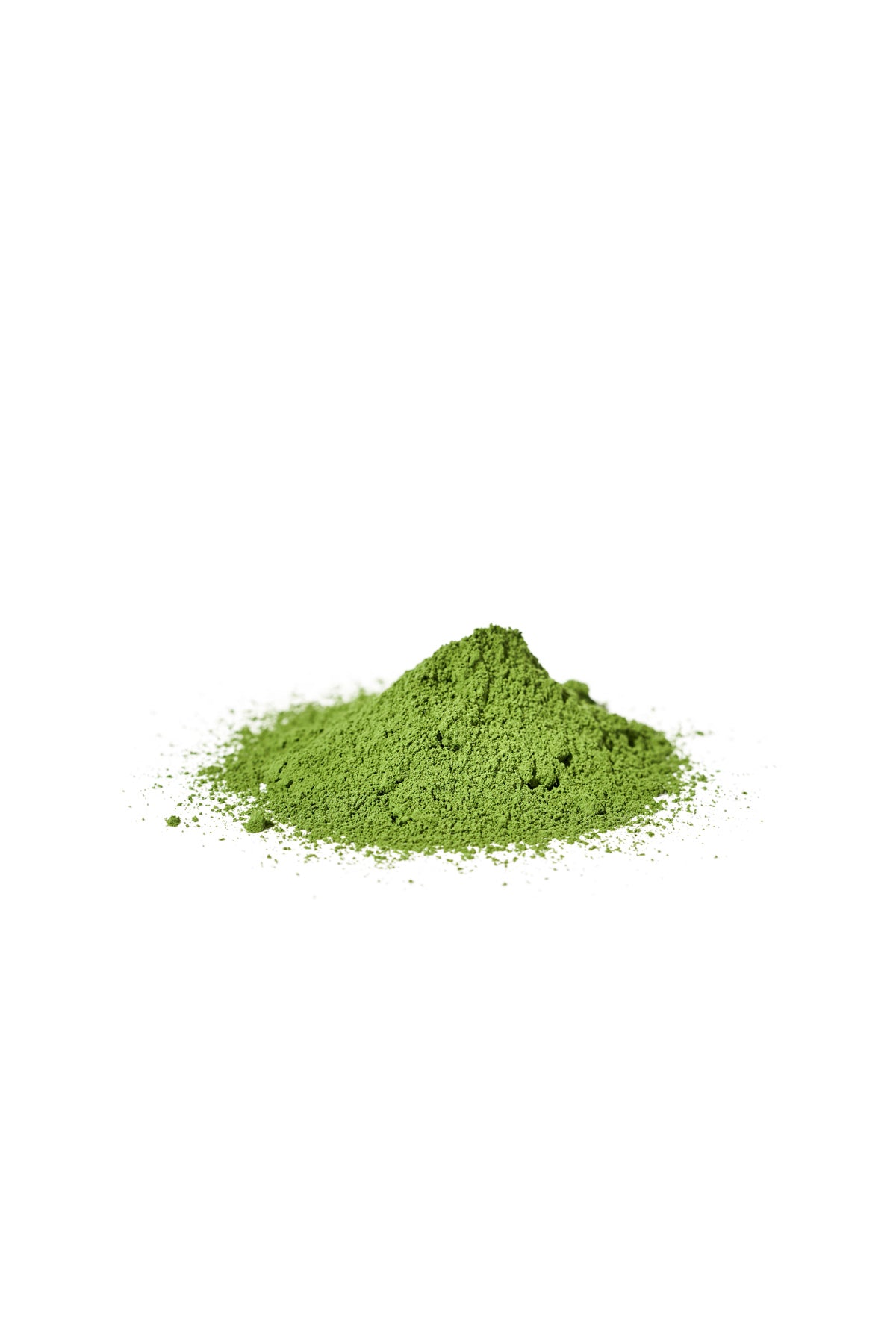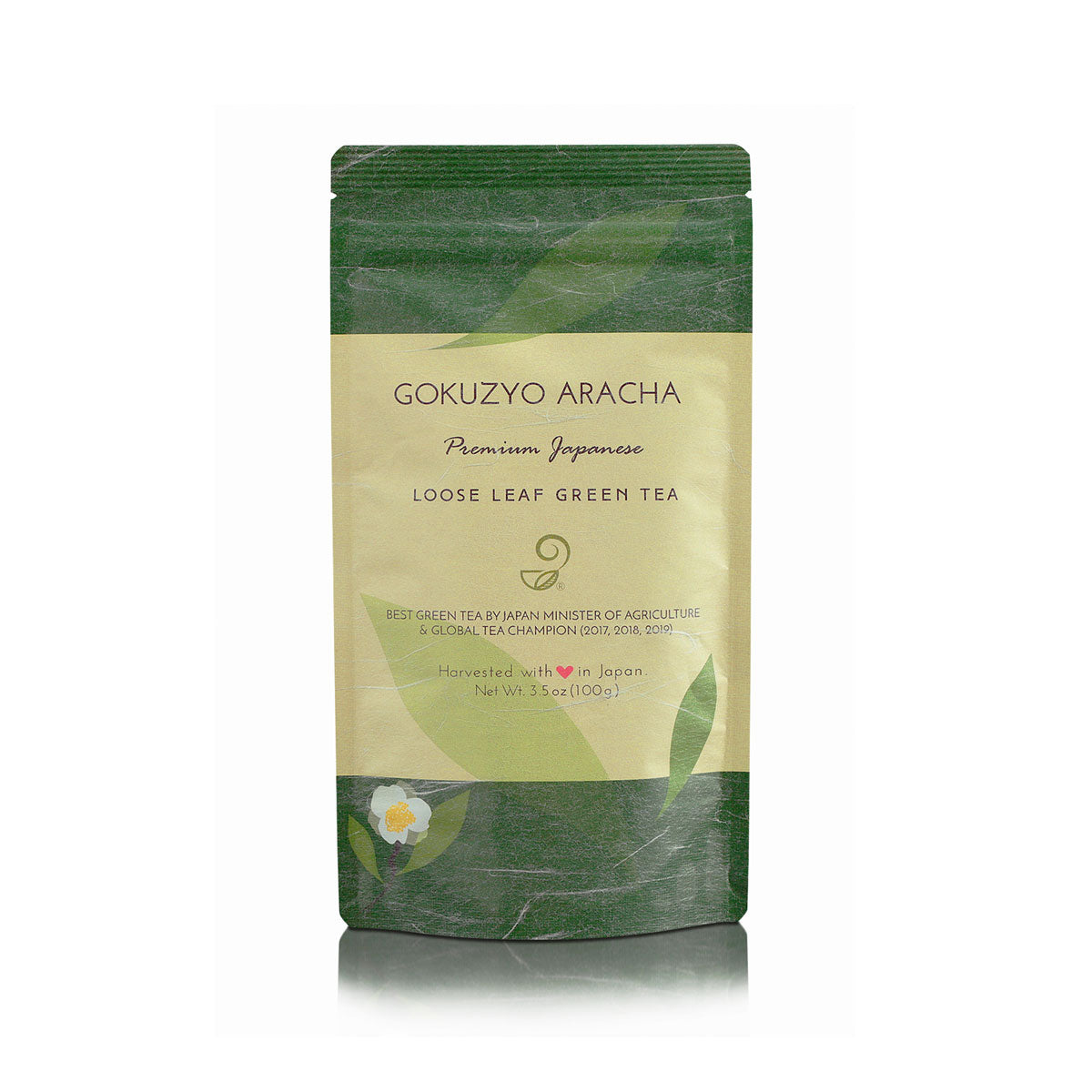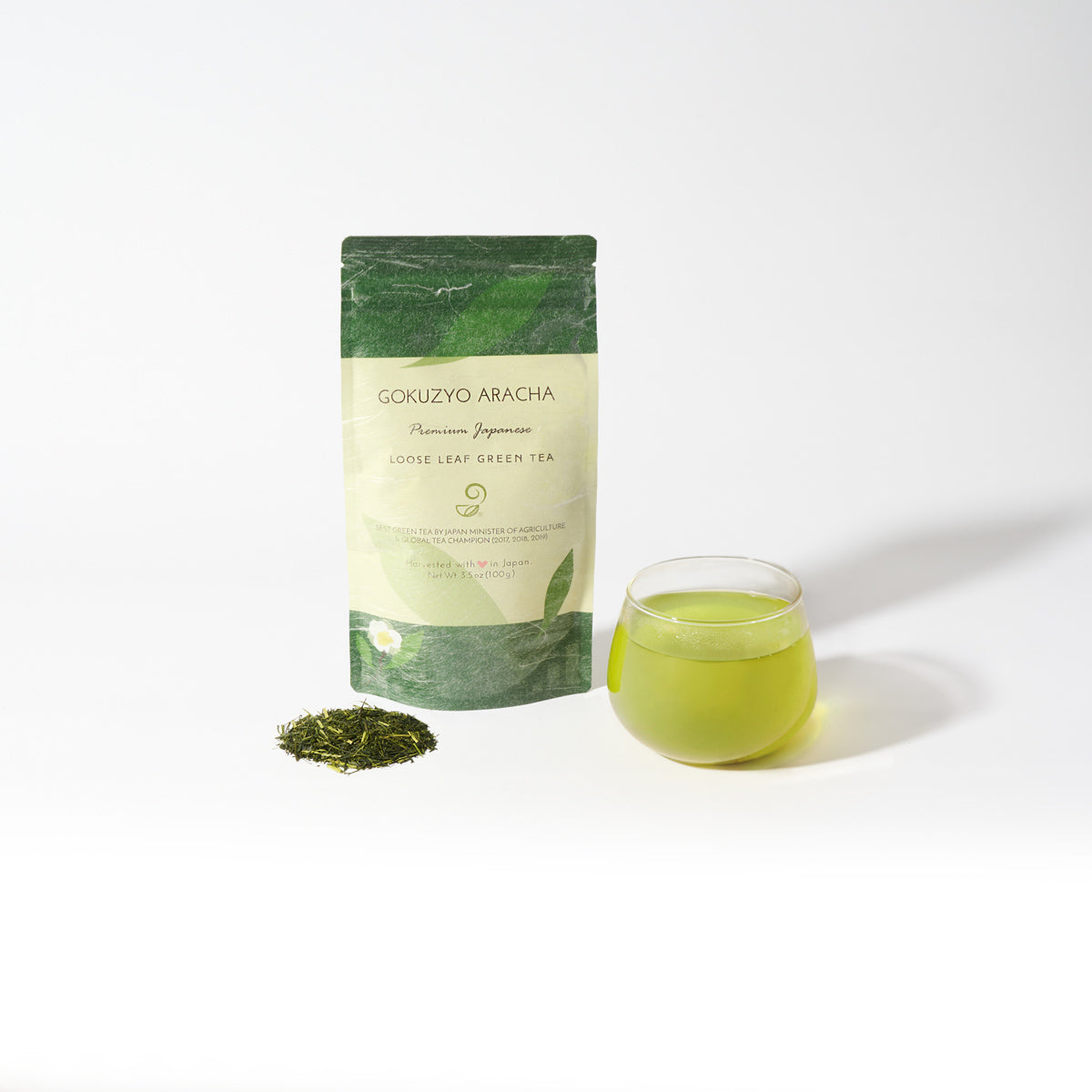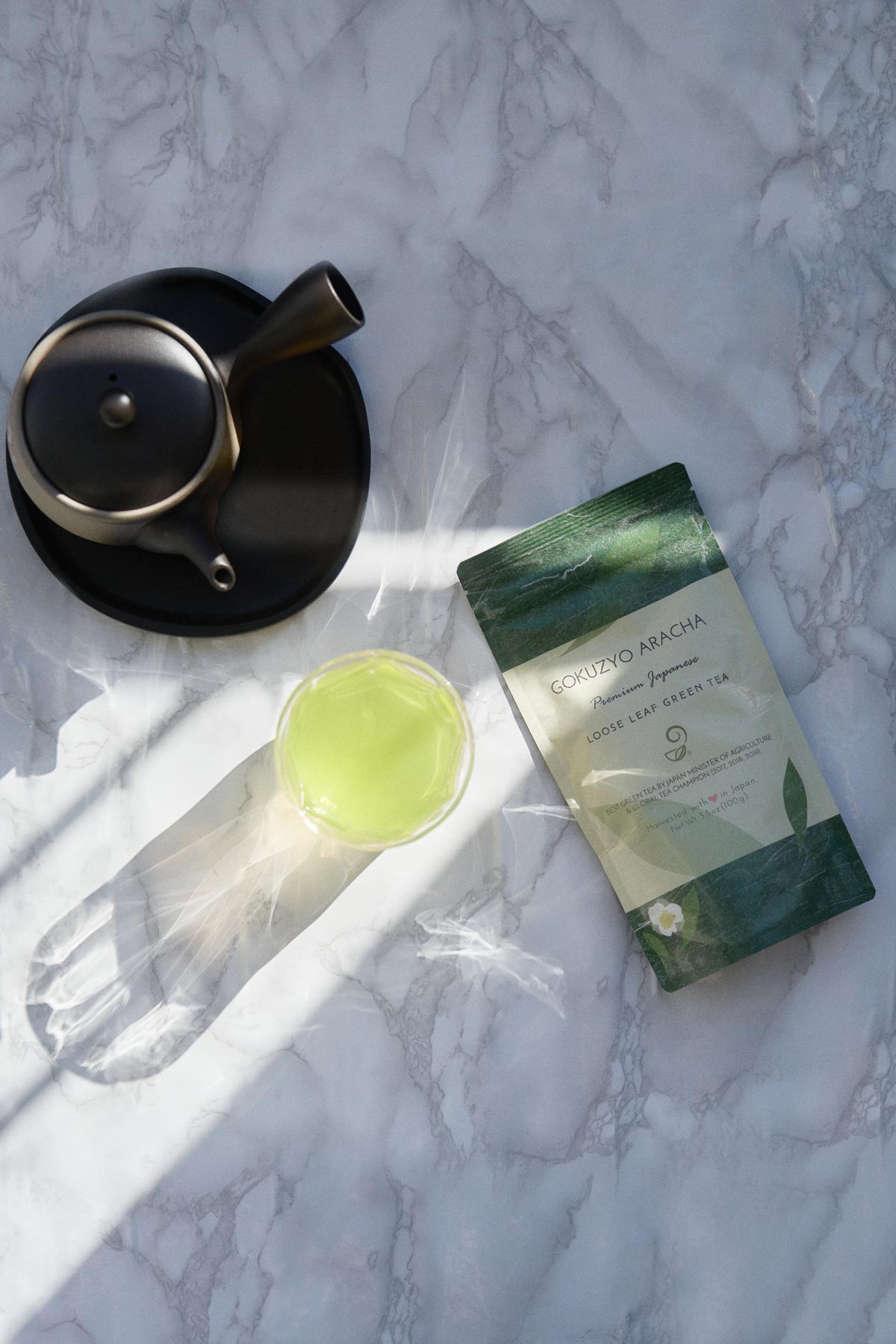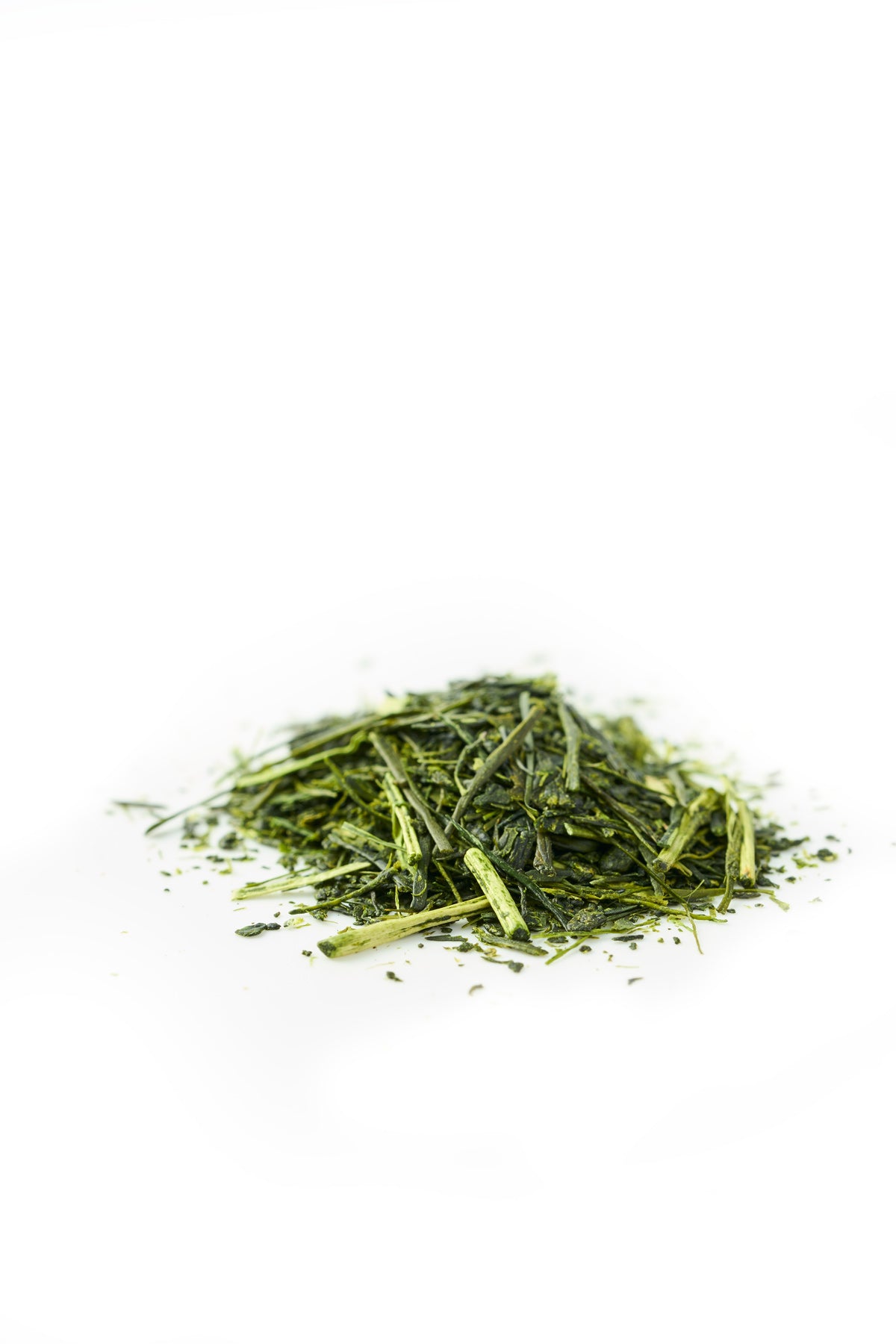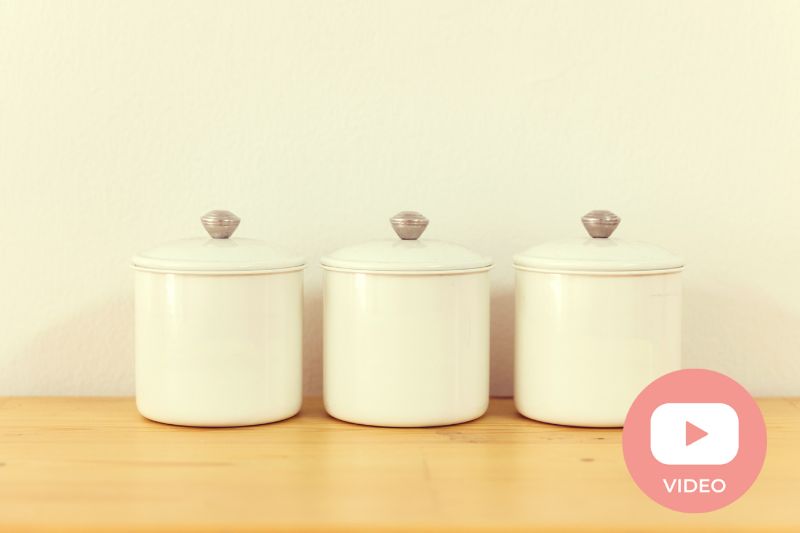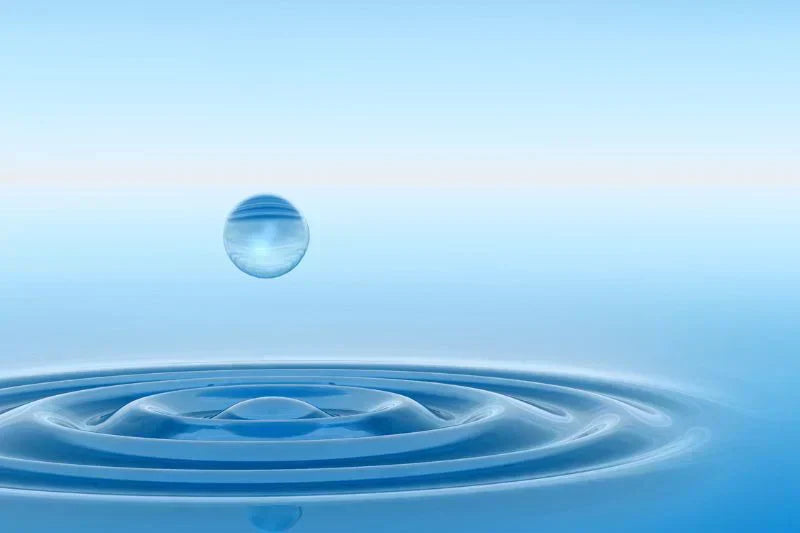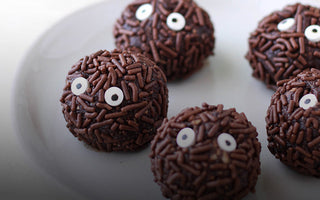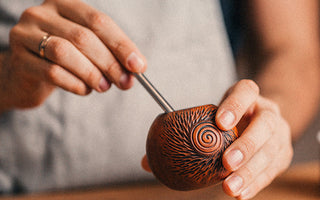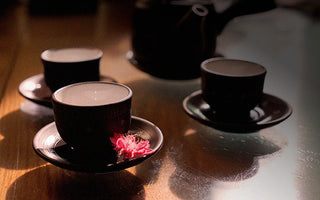This article was posted back in 2018, but since it was popular, we made videos out of it. Watch the video and enjoy the original article below!
Learn More About These Different Types of Tea
So, you love green tea. But you’re not quite sure about this matcha versus sencha business or these different types of tea. Maybe you’ve seen matcha at your local market, but you’ve been hesitant to try it because, well, you have no idea what it is. Or perhaps you’ve only ever steeped your tea and are looking for something new and different to try. Regardless of your motives, the following will clear up any confusion you may have about the differences between matcha and loose-leaf green tea. We’ll cover variations in texture, growing conditions, processing techniques, consumption methods, and price.
For many tea drinkers, stepping into the world of matcha feels like unlocking a secret garden of Japanese tea tradition. It’s not just another green tea; it’s a ritual, a unique taste experience, and a source of health benefits that many people are just beginning to appreciate. On the other hand, sencha remains a classic favorite — simple to brew, refreshing, and widely loved for its delicate yet bright flavor. Understanding what sets these two teas apart can help you choose the one that suits your taste, lifestyle, and curiosity best.
A Whole New World: The Differences Between Matcha and sencha (Loose-Leaf Green Tea)
China is credited with introducing tea to Japan in the 7th century. Since then, a unique tea culture has evolved. A variety of different cultivation methods have matured and expanded over time to provide consumers with the best tea available. Two of the most well-known examples of this are matcha and sencha.
Over centuries, Japanese tea growers have refined their techniques to create distinct flavors, aromas, and traditions that make each tea special in its own right. From the serene rituals of a matcha tea ceremony to the everyday enjoyment of a cup of freshly steeped sencha, these green teas represent more than just a drink — they reflect Japan’s deep respect for nature, mindfulness, and craftsmanship passed down through generations.
6 Ways These Two Types of Teas Differ
Below, you’ll discover seven ways these two types of tea vary.
1. Matcha Is a Powder and Loose-Leaf is Not.
While loose-leaf sencha and matcha are both derived from the same plant species, Camellia sinensis, the end texture, shape, and consistency are completely different. Matcha is a very fine, stone-ground powder. On the other hand, sencha comes in rolled, loose-leaf form.
This difference in form also changes how each tea is prepared and enjoyed. Because matcha is whisked directly into hot water, the fine powder fully dissolves, giving you the full benefit of the entire leaf in each sip. Sencha, by contrast, is steeped in water and then strained, allowing you to taste its fresh, grassy notes while leaving the leaves behind. This simple difference sets the stage for a unique taste and drinking experience with each cup.
We’ll go more into detail about the processing procedure that defines these types of tea soon.
2. Matcha and Sencha are Grown in Different Conditions.
Texture is not the only thing distinguishing matcha from sencha green tea. Another stark contrast between the two teas is the conditions in which they’re grown.
Green tea plants cultivated for loose-leaf steeping purposes are grown in direct sunlight. On the other hand, plants grown for matcha are grown in the shade just before they are harvested. Interestingly enough, this method is believed to have been discovered by accident when Japanese tea farmers covered up the tea leaves to prevent them from freezing in the winter. High-grade matcha is grown in almost complete darkness.

Image of covering green tea to block sunlight before harvesting
Covering matcha plants with straw, bamboo mats, or vinyl tarps increases the amount of chlorophyll in the leaves, giving them their deep, green color. Not only does this method of slowing down photosynthesis increase the chlorophyll content, but it also increases the amino acid content, giving quality matcha its distinct umami flavor. The idea behind this is to starve the plants so they crave more sunlight.
These shaded conditions not only affect the flavor but also influence the overall look and nutritional profile of the tea. Sencha leaves, grown under the sun, develop a lighter green color and a fresh, slightly astringent taste that many find refreshing. Matcha’s shaded leaves, by contrast, stay a darker, richer green and develop a softer, creamier flavor. This unique farming technique gives matcha its signature smoothness and makes each sip feel more luxurious and full-bodied.

3. These Types of Tea are Harvested and Processed Differently.
Although both matcha and sencha leaves must first be steamed to prevent oxidation, they are harvested and processed very differently.
Usually, sencha tea is picked with the stem, shoot, and two or three opened leaves intact (more leaves are intact if picked by machine). Sencha leaves are fanned with damp air to maintain freshness and then steamed to prevent oxidation. After cooling, the leaves are pressed, dried, and made ready for distribution. The leaves may be rolled depending on the specific processing techniques of the region from which they’re grown. Rolling the leaves produces a needle-like shape, which intensifies the flavors when steeped and is usually seen in Chinese tea. (Read my other article comparing Japanese tea and Chinese tea here.)
Unlike sencha, only the youngest parts of the plant are picked when harvesting matcha. More specifically, the two leaves at the very tip of the shoot, similar to sencha, and the soon-to-be-matcha leaves are also steamed to preserve color and nutrients. Thus begins the long and laborious process of removing stems and veins. The leaves that make it through quality control are called tencha.
Once tencha is ready, it’s carefully stone-ground using traditional granite mills, which slowly grind the leaves into an ultra-fine, vibrant green powder. This meticulous step preserves the delicate flavor and nutrients and gives matcha its signature smooth texture. Because this process is so time-consuming — it can take an hour to grind just 30 grams — high-quality matcha is cherished as a premium tea that represents both patience and craftsmanship in every cup.
These leaves are then ground by specialized granite grinding wheels. And voilà! You’ve got matcha!
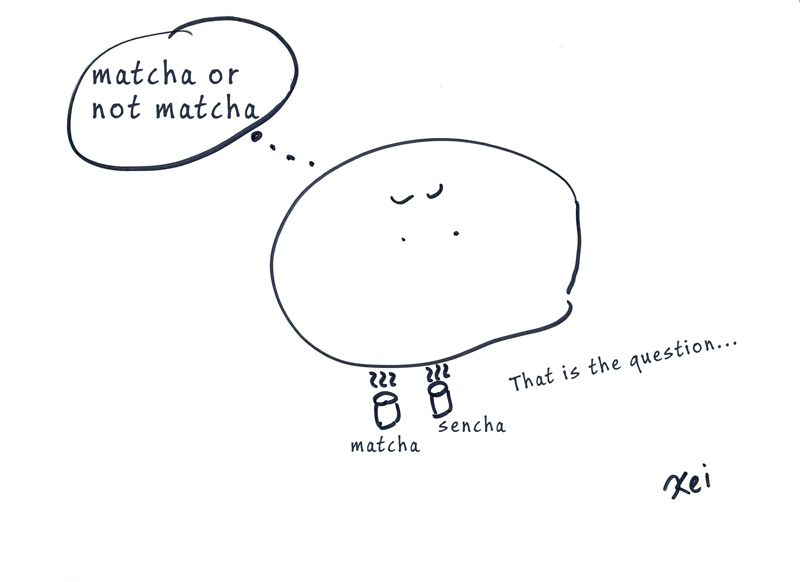
4. Matcha and Powdered Konacha Tea are not the Same Type of Tea
Although konacha literally means “powder tea”, it shouldn’t be confused with matcha. As mentioned above, matcha tea is ground using granite-grinding wheels. Konacha is actually just made up of the dust and small bits of leaves and buds that are left behind after the processing of sencha.
Because of this, konacha is often considered a lower-grade tea and is commonly served in sushi restaurants as an inexpensive, quick-brewing option. Unlike matcha’s vibrant, creamy texture and rich umami taste, konacha tends to have a stronger, more astringent flavor and can taste slightly bitter. It’s practical and tasty in its own right but doesn’t offer the same ceremonial feel or nutrient density that makes matcha so special.
 Stone Grind of Matcha
Stone Grind of Matcha
5. Matcha is Consumed Differently, Making it Healthier Compared to Loose-Leaf Green Tea.
Matcha and loose-leaf sencha have a plethora of health benefits that attract tea drinkers, but because they are consumed differently, one is inherently better for you than the other.
Here’s why…
When we steep loose sencha leaves, we are not getting all of the antioxidants and nutrients we could be getting if we were to consume the entire leaf — ergo, matcha.
To drink matcha tea means to ingest the entire leaf. By doing so, we get more of the health benefits the plant has to offer.
This is why many people turn to matcha for a stronger energy boost and a bigger dose of antioxidants in every cup. Because you’re consuming the whole leaf, you get higher levels of chlorophyll, catechins, and L-theanine — a unique amino acid known to promote calm alertness and mental clarity. It’s no wonder matcha has become a favorite for people looking for a healthier coffee alternative or a mindful daily ritual with an extra wellness kick.
6. Why is Matcha More Expensive Than Sencha?
As we’ve discovered, the process of producing matcha tea requires more labor than producing sencha tea. Here are two key reasons why matcha tea is more expensive:
- It requires more involvement, care, and skill to produce.
- Quality matcha is only grown in specific geographic regions.
From carefully shading the tea fields to the meticulous hand-picking and slow stone-grinding process, every step adds time, effort, and cost. In addition, only a small portion of each harvest makes it through strict quality checks to become high-grade matcha, further limiting supply. This level of attention and rarity is what makes sipping matcha feel like a special treat — it’s not just tea; it’s an experience crafted with precision and tradition.
Fake Matcha vs Real Matcha: How to Spot Good Quality Matcha
As with most things in life, not all matcha is created equal. There are some things you should keep in mind when venturing into the land of matcha. With matcha’s popularity booming worldwide, it’s easy to stumble upon low-quality imitations that just don’t deliver the same taste or health benefits. Some products labeled as matcha may be dull in color, gritty in texture, or even mixed with fillers and sweeteners. Knowing how to identify authentic, ceremonial-grade matcha will help you enjoy its vibrant flavor, smooth consistency, and full nutritional punch — without wasting money on poor substitutes. Here’s what to watch out for:
Where in the World Does Quality Matcha Come From?
When it comes to green tea, it’s all about the quality of the soil. The plant grown to produce green tea is very sensitive, so experts suggest purchasing matcha from Japan rather than China, as the concentration of lead tends to be higher there.
Regions like Uji, Nishio, and Shizuoka in Japan are especially renowned for producing some of the world’s finest matcha. These areas have centuries-old traditions, rich soil, and ideal climate conditions that ensure the tea plants grow healthy and nutrient-dense. When buying matcha, look for labels that clearly state its Japanese origin — this is often a sign you’re getting the authentic, high-quality powder that tea masters trust. (Read here about Japanese farmers caring for their dirt for their tea.)
You Want It To Look Like Bright Green Grass, Not Taste Like It.
Don’t be fooled by fancy packaging. While location is crucial, so is the color of your matcha. If you find yourself with a can of matcha that’s dull in color, chances are the quality is not what you’re looking for. Now, if you open up the can and are delighted to find a bright, vibrant shade of green (almost neon), then congratulations! You’ve got yourself a high-grade batch of matcha.
Similarly, if you open up the package and an overwhelmingly gross scent of grass tickles your nose, you may have been misled. High-grade matcha should have a sweet smell to it.
A good matcha’s vivid color comes from the high chlorophyll content produced by shading the plants before harvest. This bright hue usually means the tea was made from tender young leaves, packed with nutrients and natural sweetness. So if your matcha powder looks lively and smells fresh and slightly sweet, you’re on the right track to enjoying a smooth, mellow cup.
Stems or Clumps Here!
Another thing you want to see in your matcha is that it’s been properly de-stemmed, de-veined, and thoroughly ground. You don’t want to find any clumps or pieces of vein and stem lurking in your fresh can of matcha!
Quality matcha should feel silky and soft to the touch — almost like talcum powder. If you run it between your fingers, it should feel smooth and fine, not gritty or coarse. This ultra-fine texture is what makes matcha whisk up into that beautiful frothy layer and gives each sip its signature creamy mouthfeel.
Last, But Certainly Not Least — Taste!
As mentioned at the beginning of this article, matcha should be sweet with earthy, savory, and sweet whispers of flavor. A good cup of matcha balances gentle bitterness with a creamy, almost buttery smoothness and a lingering umami note that makes it so unique. If your matcha tastes overly harsh, bitter, or grassy, chances are it’s lower-grade or old. High-quality matcha should feel smooth on the tongue, leave a pleasant aftertaste, and make each sip feel like a small moment of calm indulgence.
Now Go Relax and Make Yourself A Cup of Tea!
We’ve certainly covered a lot of ground. Much of what you need to know about the two kinds of tea—from how they’re made to how they’re consumed—has been neatly laid out for you. Now you can relax, make yourself a cup of matcha (or sencha) tea, and reminisce about the journey it made from the fields to your lips.
Whether you choose the mindful ritual of whisking matcha or the calming simplicity of steeping sencha, each sip connects you to centuries of tradition and care. So slow down, take a moment for yourself, and enjoy every smooth, green drop — you’ve earned it.
Conclusion
Exploring the world of matcha and sencha shows just how fascinating green tea can be when you look a little deeper. Though both teas come from the same plant, they’re grown, processed, prepared, and enjoyed in ways that give each its own unique taste, texture, and cultural meaning. If you crave a creamy, antioxidant-rich tea experience, matcha might become your new favorite ritual. If you prefer a refreshing, easy-to-brew cup, sencha will never disappoint. No matter which you choose, you’re not just drinking tea — you’re savoring centuries of tradition and the dedicated craft of tea farmers who turn simple leaves into something truly special. So pour yourself a cup, relax, and enjoy the moment — one sip at a time.
Did you learn a lot about different types of tea in this post?
Learn even more in these posts next:
- WHICH TYPE OF TEA IS GOOD FOR ME? (INTERACTIVE TEA FINDER)
- IS IT OKAY TO DRINK GREEN TEA ON AN EMPTY STOMACH?
- EVERYTHING YOU NEED TO KNOW ABOUT JAPANESE HOJICHA TEA
Get Free Bonus Books
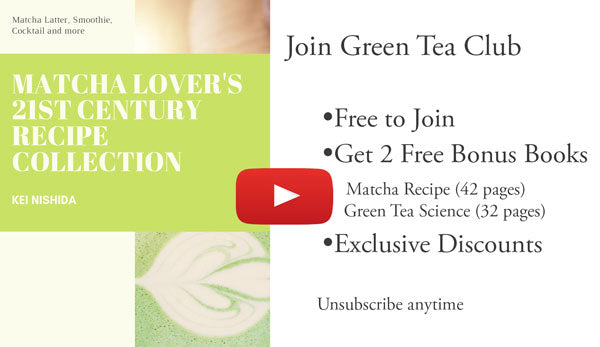
Sign up for free to the Green Tea Club to get advice and exclusive articles about how to choose Japanese Tea, and tips, tricks, and recipes for enjoying Japanese tea.
About the author
Kei Nishida
Author, CEO Dream of Japan
Certification: PMP, BS in Computer Science
Education: Western Washington University
Kei Nishida is a passionate Japanese green tea connoisseur, writer, and the founder and CEO of Japanese Green Tea Co., a Dream of Japan Company.
Driven by a deep desire to share the rich flavors of his homeland, he established the only company that sources premium tea grown in nutrient-rich sugarcane soil—earning multiple Global Tea Champion awards.
Expanding his mission of introducing Japan’s finest to the world, Kei pioneered the launch of the first-ever Sumiyaki charcoal-roasted coffee through Japanese Coffee Co. He also brought the artistry of traditional Japanese craftsmanship to the global market by making katana-style handmade knives—crafted by a renowned katana maker—available outside Japan for the first time through Japanese Knife Co.
Kei’s journey continues as he uncovers and shares Japan’s hidden treasures with the world.
Learn more about Kei
